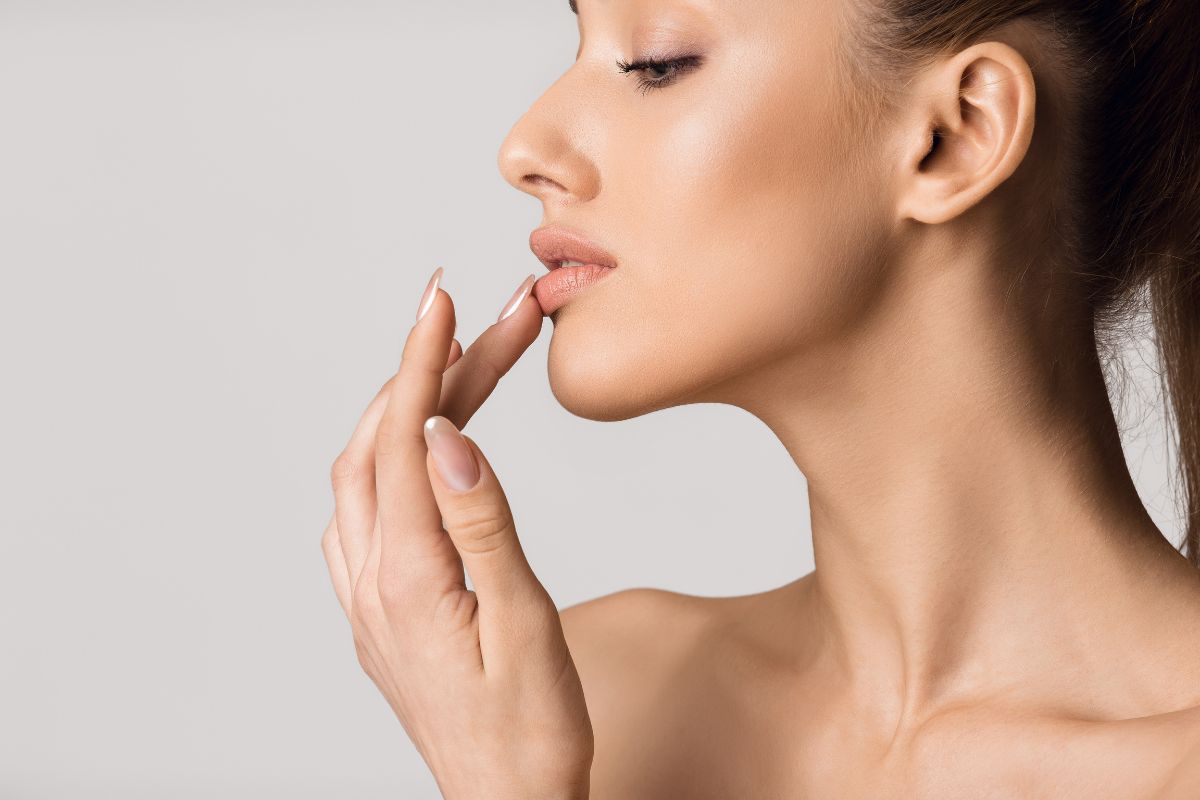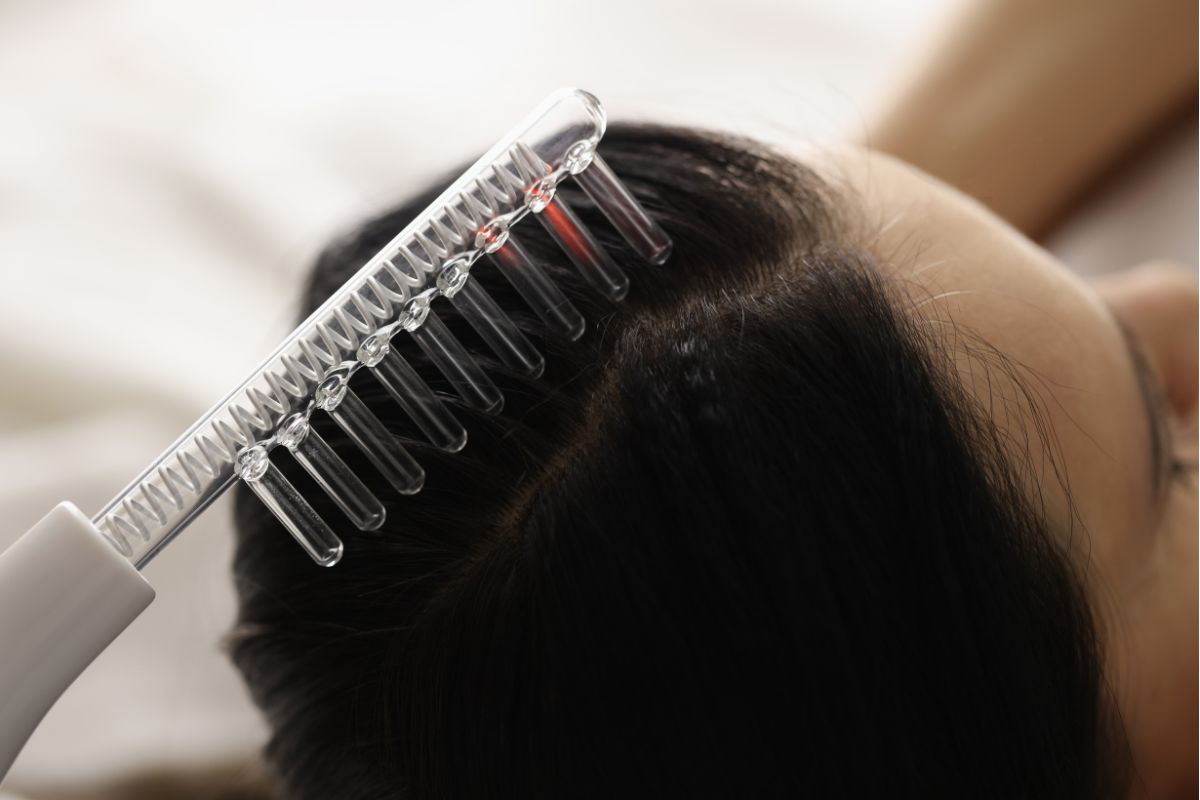What is Hyaluronic Acid (HA for short)?
HA is a carbohydrate, or more specifically a mucopolysaccharide which occurs naturally throughout the human body, and always presents itself as a large high molecular weight molecule.
The molecule is made up of a repetitive sequence of two modified simple sugars, one called glucuronic acid and the other N acetyl glucosamine. These compounds are both negatively charged and together they repel, producing an exceptionally long stretched out molecule (high molecular weight).
HA molecules that are long and large in size have a high viscosity (lubrication) effect which resists compression and allows our joints and skin to bear weight.
Its function in the body, amongst other things, is to lubricate movable parts of the body, such as joints and muscles. Its consistency and tissue-friendliness also allows it to be beneficial in skin-care products as an excellent moisturizer.
Because HA is one of the most hydrophilic (water-loving) molecules in nature, with numerous benefits for the human body, it can be described as “nature’s moisturizer“. HA is one of the most researched substances in medicine today, particularly in the fields of eye surgery and orthopaedics.

Where is Hyaluronic Acid located in the body?
HA is found naturally in most every cell in the body. It occurs in higher concentrations in specific locations throughout the body, such as the skin, joints, cartilage and the eyes, and in each location, it has a different function.
Unfortunately HA also has a half-life (the time it takes for the molecule to get broken down and excreted from the body) of less than 3 days, and in the skin possibly even as little as one day. Consequently, it is imperative that the body continually replenish itself with HA. Shown below are some of the areas where it is present and critical to anatomical function.

Hyaluronic acid in the skin
The skin is the largest organ in the body comprising about 15% of the body weight. Roughly 50% of the HA in our body is found in the skin, both in the deep underlying dermis, as well as the visible top layers of the epidermis. HA and collagen are vital to maintaining the skin’s structure.
It is the collagen that gives the skin its firmness but it is the HA that nourishes and hydrates the collagen. Collagen is like a rubber band – stretch it a million times and eventually the rubber band dries out, loses its elasticity and will most likely break. This is much the same way the collagen in our skin reacts.
HA helps to prevent collagen from overstretching and drying out by continually bathing it in a nutritious, water based gelatinous fluid. It provides continuous moisture to the skin by binding up to 1000 times its weight in water and literally acts like a sponge to help retain a supple, firm skin tone and youthful appearance.
It also serves as a wonderful medium through which nutrients and waste are transported to and from the cells of these structures. Young skin is smooth and highly elastic because it contains high concentrations of HA. But as we age, the skin loses its ability to maintain the same levels of HA, resulting in aging and wrinkles.

Hyaluronic Acid in the lips
The lips are a core of skeletal muscle covered by skin tissue. The dermal layer of the lips is composed primarily of connective tissue and its components (HA and collagen).
HA binds to water creating a gelatinous fluid that hydrates the surrounding tissue and keeps the collagen (responsible for keeping the skin tight) nourished and healthy. The result is healthy well – hydrated and plump lips.
Hyaluronic Acid in bones and cartilage
HA assists in the distribution of nutrients to cells that don’t possess a blood supply. Cartilage is one example of such cells. HA is found in all bones and cartilage throughout the body – particularly the Hyaline Cartilage.
Hyaline Cartilage covers the ends of the long bones where articulation (bending) occurs and provides a cushioning effect for the bones. The Hyaline Cartilage has been called the “gristle cartilage” because of its resistance to wear and tear. Hyaline cartilage also supports the tip of the nose, connects the ribs to the sternum and forms most of the larynx and supporting cartilage of the trachea and bronchial tubes in the lungs.

Hyaluronic Acid in synovial fluid
Our joints (such as the elbows and knees), are surrounded by a membrane called the Synovial Membrane. This membrane forms a capsule around the ends of two articulating bones and secretes a liquid called the Synovial Fluid – HA being a chief component.
Synovial fluid is a viscous fluid with the consistency of motor oil – providing the lubrication and the elastic shock absorbing properties to the joint, and the transportation of nutrients to the cartilage and the removal of waste from the joint capsule.
Hyaluronic Acid in tendons and ligaments/connective tissue
Connective tissue is found everywhere in the body. It does much more than connect body parts; it has many forms and functions. Its major functions include binding, support, protection, and insulation.
One such example of connective tissue is the cordlike structures that connect muscle to bone (tendons) and bone to bone (ligaments). In all connective tissue there are three structural elements: ground substance (HA), stretchy fibres (collagen and elastin) and a fundamental cell type.
Whereas all other primary tissues in the body are composed mainly of living cells, connective tissues are composed largely of a nonliving ground substance, the HA, which separates and cushions the living cells of the connective tissue.
The separation and cushioning allow the tissue to bear weight, withstand great tension and endure abuse that no other body tissue could. All of this is made possible because of the presence of the HA and its ability to form the gelatinous ground substance fluid.

Hyaluronic Acid in scalp tissue and hair follicles
Structurally the scalp is identical to the skin tissue located throughout the body except it also contains about 100,000 hair follicles that give rise to hair. Actually the hair and the hair follicle are a derivative of skin tissue.
There are two distinctive skin layers: the epidermis (outer layer) which gives rise to the protective shield of the body and; the dermal layer (deep layer) which makes up the bulk of the skin and where the hair follicle is located. This dermal layer is composed of connective tissue and the connective tissue, with its gelatinous fluid like characteristics, provides support, nourishes and hydrates the deep layers of the scalp.
The result is healthy lustrous hair and a moisturized scalp. Again, all of this is made possible because of the presence of HA.
Hyaluronic Acid in eyes
HA is highly concentrated inside the eyeball. The vitreous humour (fluid within the eye) is composed almost completely of HA and gives the eye a viscous gel like property. This gel acts as a shock absorber and also serves to transport nutrients into the eye.
HA is often injected directly into the eye during surgical procedures to help maintain the shape of the eye. It has been said that after the 5th decade of life, our eyes stop producing the much needed HA which can result in various eye conditions.
When was Hyaluronic Acid discovered?
HA was first discovered in 1934 by Karl Meyer and John Palmer, scientists at Columbia University, New York. Since then, researchers and scientists around the world have been studying its properties and applications and new information is continually being documented.
